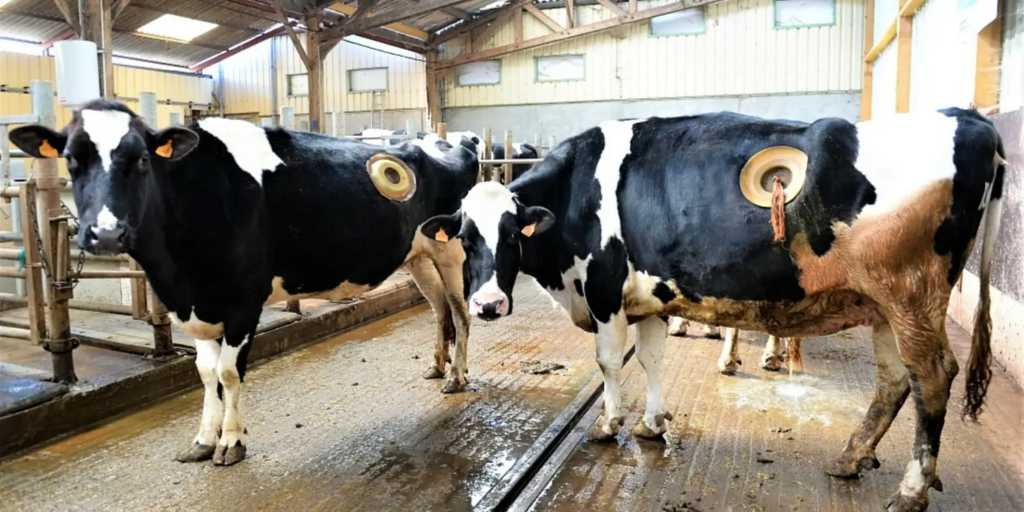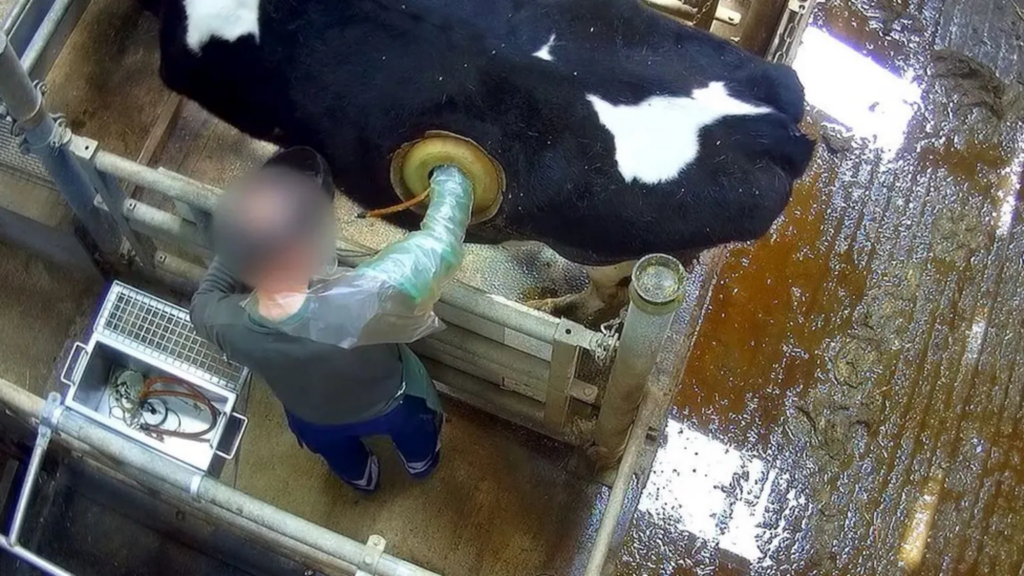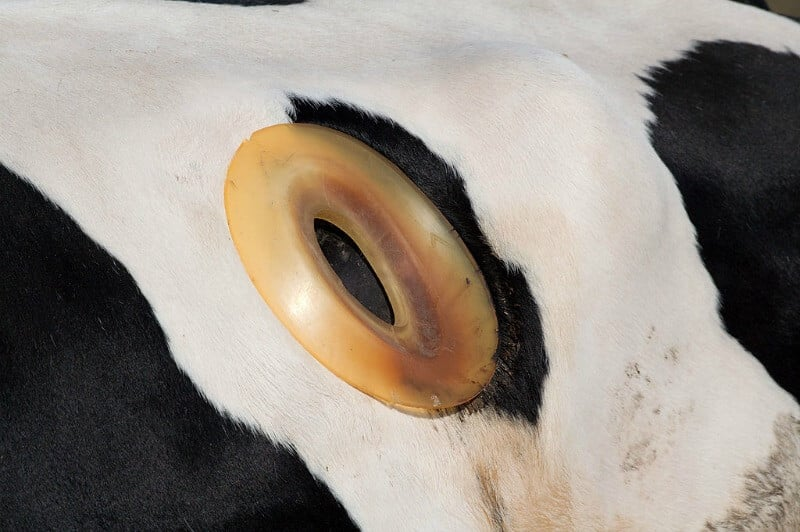When you hear the word “portholes,” you likely imagine small windows on a ship or airplane, but they’re also used in a very different context—on cows. Yes, you read that right. Farmers and scientists have been using portholes on cows to access their stomachs for decades. This controversial practice, while largely unknown to the general public, plays a key role in livestock research and agriculture. Here’s everything you need to know about the use of portholes on cows, their purpose, and why this practice is both praised and criticized.
What Is a Cow Porthole?

Read More: Scientist Witness Great White Shark Eating a Rival Shark For The First Time
A Practice Dating Back to the 1920s

Why Are Portholes Used on Cows?

Portholes offer easy access to a cow’s stomach for research on digestion and feeding efficiency. Farmers and scientists use them to monitor how cows digest food, aiming to improve feed formulations that optimize growth, milk production, and even minimize harmful emissions like methane and nitrates.2 The ultimate goal is to create a more sustainable and productive agricultural system while reducing the environmental impact of livestock farming.
The Impact on the Cow’s Health
The practice of fistulating cows began as early as the 1920s. Originally, researchers wanted a better way to study a cow’s digestive process. By creating an opening in the cow’s side, researchers could take samples of partially digested food, microbes, and gases directly from the stomach. This method has since become a common practice in agricultural research, particularly for improving digestion and studying how cows process feed.
Why Are Portholes Used on Cows?

Portholes offer easy access to a cow’s stomach for research on digestion and feeding efficiency. Farmers and scientists use them to monitor how cows digest food, aiming to improve feed formulations that optimize growth, milk production, and even minimize harmful emissions like methane and nitrates.2 The ultimate goal is to create a more sustainable and productive agricultural system while reducing the environmental impact of livestock farming.